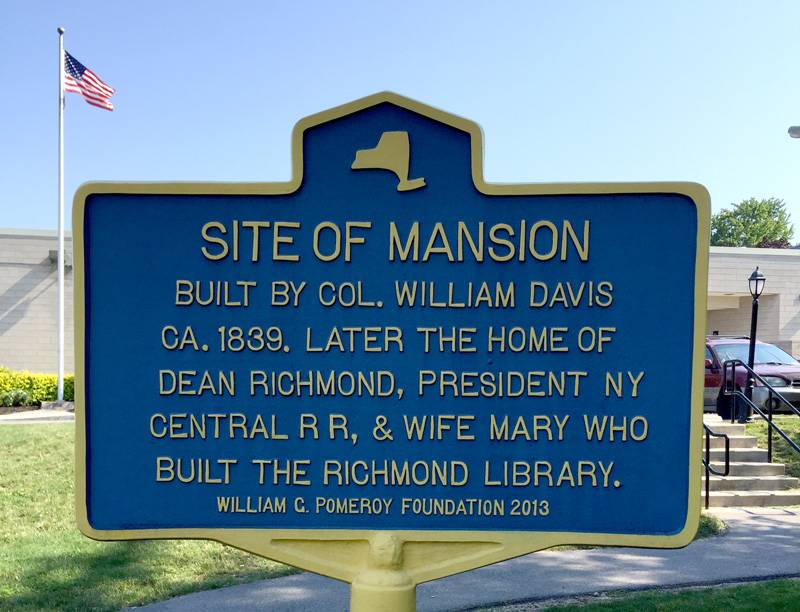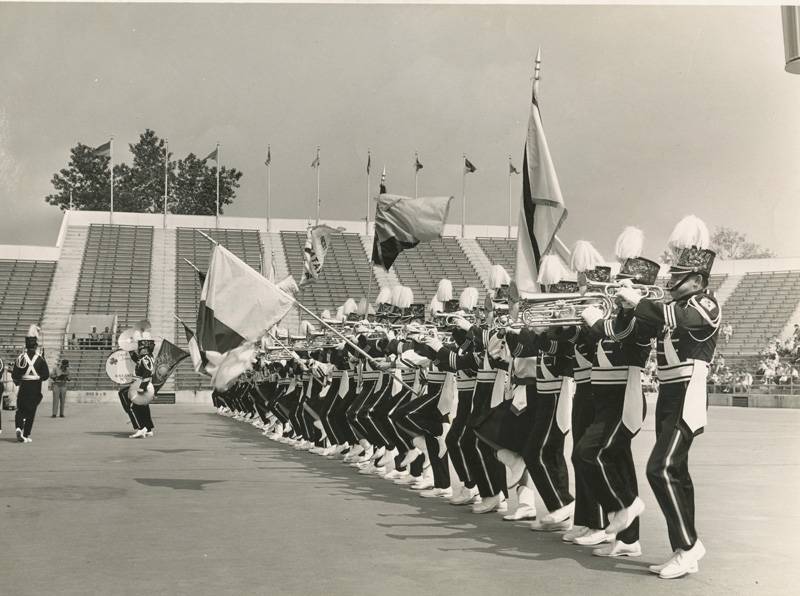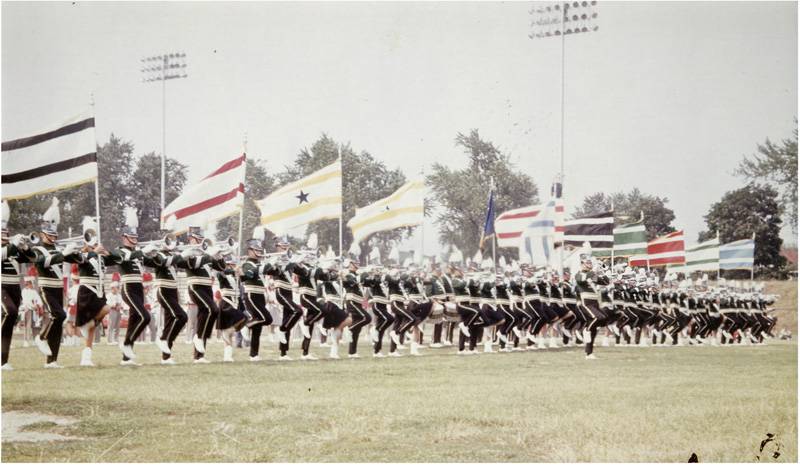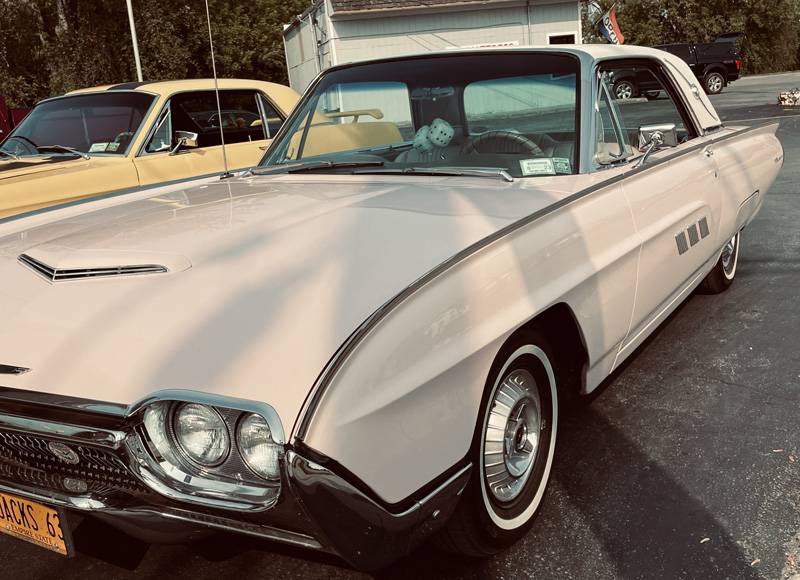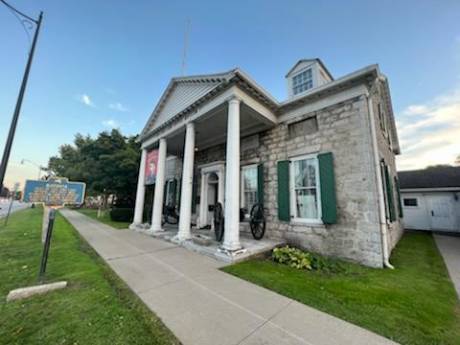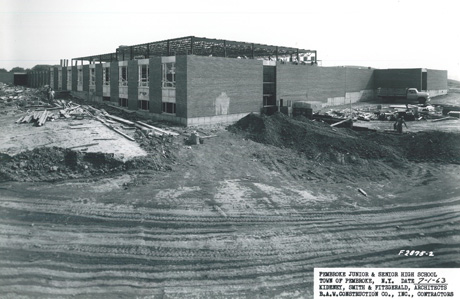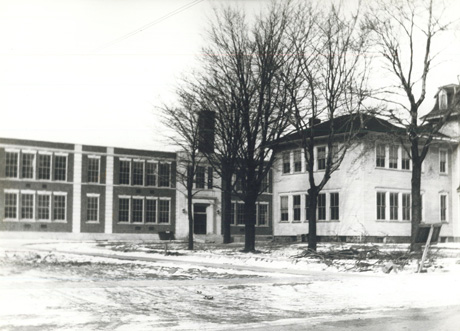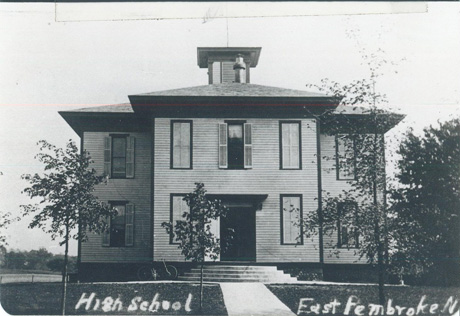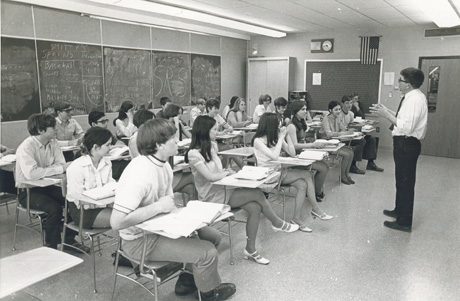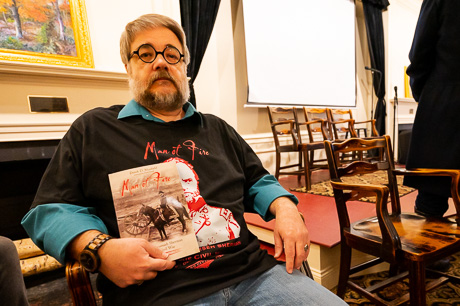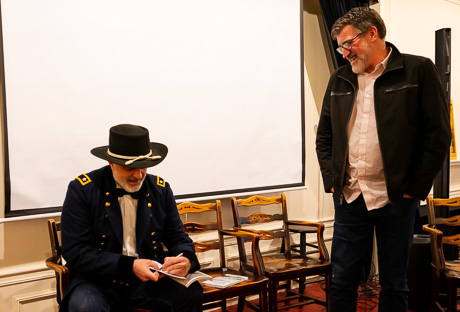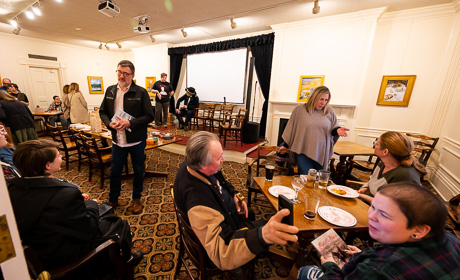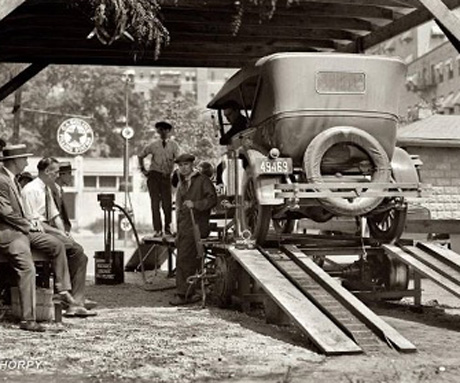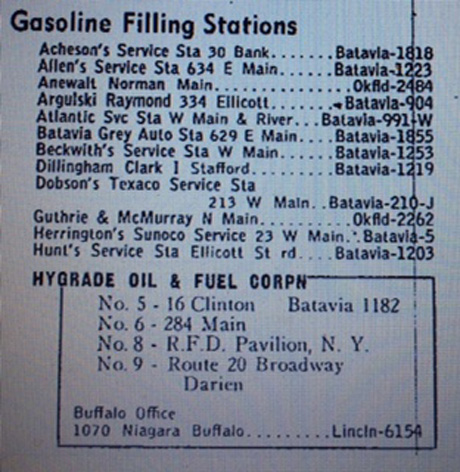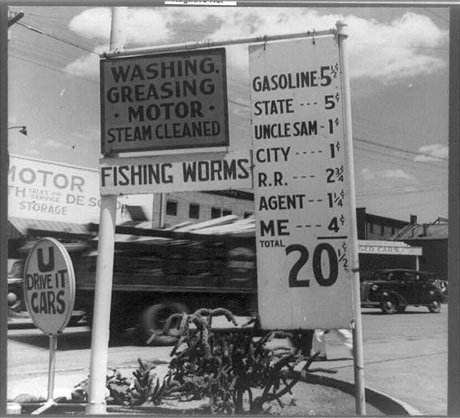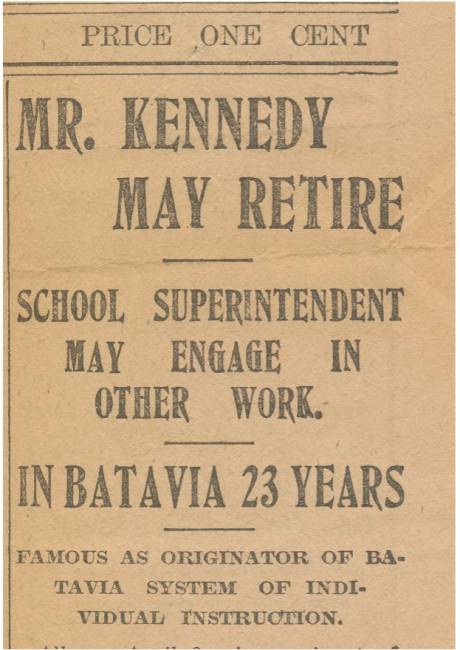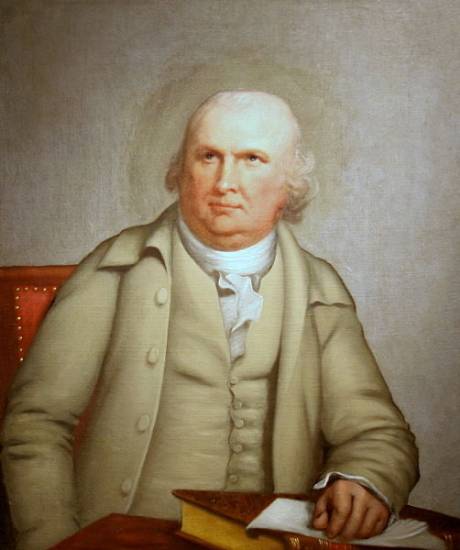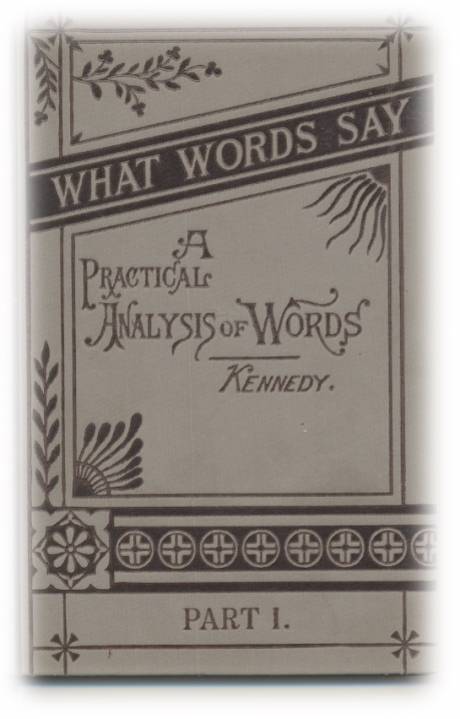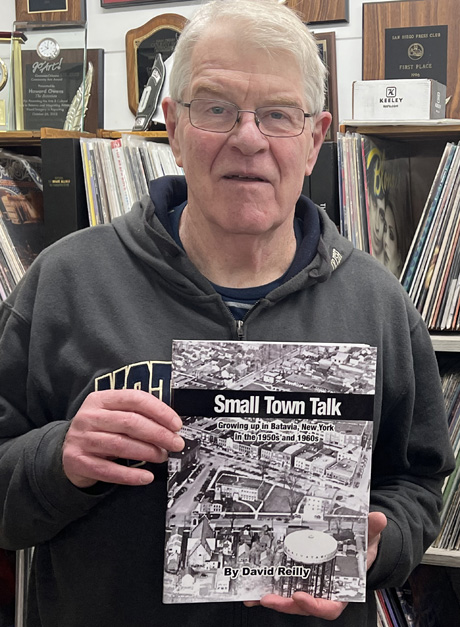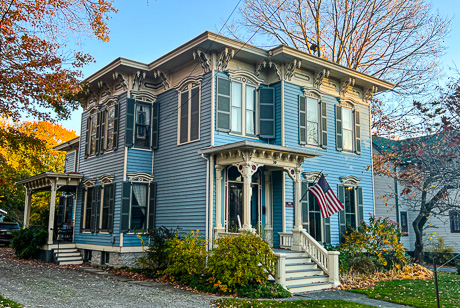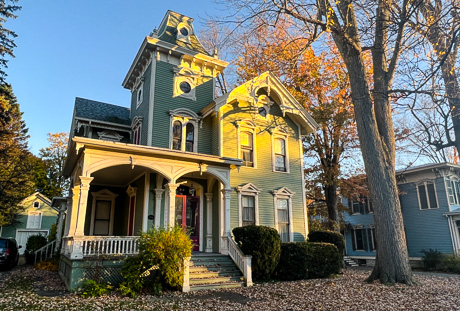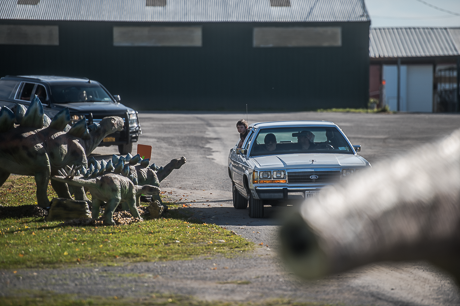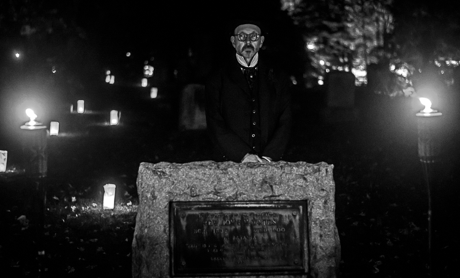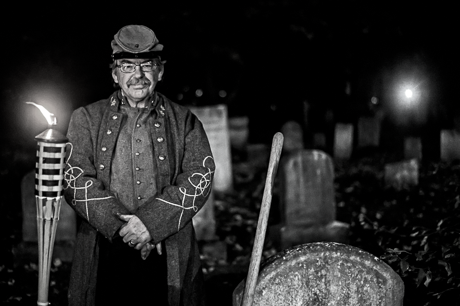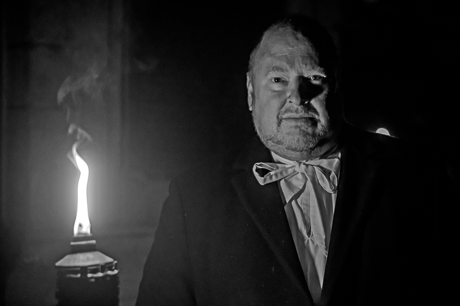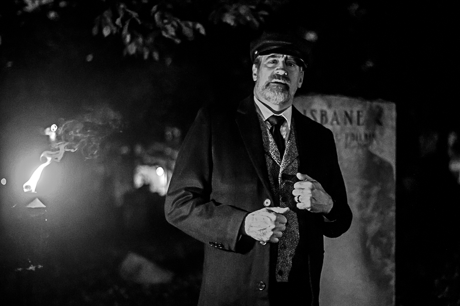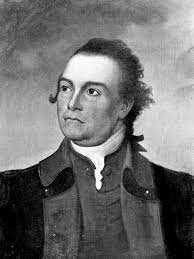In 1900 only 4,000 cars existed in the United States. However, by 1905 there were 25,000 cars manufactured in the United States. The world’s first filling stations began opening the same year.
The first stations were most likely a pump on the sidewalk in front of a general store. Motorists lined up to buy gas, causing quite a disturbance as the cars blocked horses and pedestrians. By 1910, 500,000 vehicles needed gas for refueling. With this problem came a solution: a new type of filling station, the drive-in station.
In 1914 when the government broke up Standard Oil, which controlled most of the oil in the U.S., many smaller companies were born. Suddenly, the new companies competed for customers. Gas, cheap and plentiful, gave the motorist a choice of where to purchase gas. With the smaller companies came the competition between the local stations. This would be known as the gas wars. Different stations would drop their prices to encourage people to buy gas at their stations. The prices would drop periodically for a short time.
From 1927 through the 1940s, drivers had many different brands of gasoline, such as Atlantic, Blue Sunoco, Cities Service, Colonial, Esso, Essoline, Kendall, Mobil Gas, Richfield, Socony, Standard, Sunoco, Texaco, and Tydol. But by 1949, only five gasoline brands were sold at the 39 gas stations in Batavia.
Many customers chose their gas station by its service, location, or their similar ethnic backgrounds to the owners of the stations. A favorite in the ‘40s on the south side of Batavia was Mrs. Rose Argulski’s station at 338 Ellicott Street. She became a well-known fixture pumping gas at her station.
Articles found at the Genesee County History Department give insight into the various gas stations and the promotions used to lure customers to their stations. For example, a 1939 article described William King’s Service Station on West Main and Porter as one of the oldest service stations. Jimmie Scibetta had a Sinclair station on West Main Street and Montclair. He stood behind the Sinclair motto for all of its products, a “Factory of safety in its motor oils.”
Many catchy slogans appeared, and a team of uniformed attendants eagerly gassed up the car, cleaned the windshield, and checked oil and tires as the driver sat in the car. To promote the sale of gasoline, many stations offered incentives such as Green Stamps, dishes, glasses, steak knives, and different automobile coins, to name only a few. Many newlyweds’ china was from a gas station as a gift for buying its particular gas.
In the ‘50s, the gas price averaged about 18 cents a gallon, and a new car cost $1,500. Batavia’s West Main Street was home to 19 service stations, and East Main had 12 stations. Side streets also had gas stations. For example, Ellicott Street had four stations, Walnut, Hutchins, and Center Street had one station each, and on Clinton Street, there were three stations. Over the years, the names of the gas stations changed, but many of the service stations remained on the original property.
Some of the names of the 53 stations in Batavia in the ‘50s were: Acheson’s, Argulski, Athoe, Atlantic, Barrett, Batavia Motors, Bob Folger, Boudreau, Campbell’s, Chilano’s, Corey’s, Davis, Day C. C. and Son, Dibbles, Didget, Diegelman’s, Dobson, Frontier, Genesee GLF, Genesee Hygrade, Greening, Gulf Service Station, Hudson and Seward, Kohl’s, Lambkin Bros, Leo’s, Mancuso Motors, Mc Wain, Moretto’s, Nichols, Oaks Auto Service, Paul’s Atlantic, Post’s, Richardson’s, Snyder, Warren Roberts, Winslow, and York.
In the '60s, the number of gas stations speckled our main streets remained similar to the gas stations in the '50s. A gallon of gas cost 32 cents
The first self-service gas station was located on Clinton Street Road. Instead of an attendant coming to your car and asking how many gallons of gas you wanted, you would exit your vehicle, open the cover on your gas tank and pump your gas. The price of your gas would register on the gas pump. The driver would go into the station and pay for the gas.
In the ‘70s, the oil crisis forced the United States into gas rationing because of OPEC‘s (Organization of the Petroleum Exporting Countries) embargo against the United States. The embargo that went into effect did not allow any countries in OPEC to sell oil to the United States. With gas rationing, cars were allowed to purchase gasoline on alternate days, according to whether the last digit on their license plate was even or odd. This resulted in long lines at the gas pump. Some gas stations had to close because they ran out of gas!
In the '80s, the price of gas rose to $1.25 a gallon. By 2006 a gallon of gas could cost $2.95 a gallon, and today the national average is $3.27 a gallon.
We don’t see slogans such as Go Well with Shell; Esso, Put a Tiger in Your Tank; Gulf, The Gas with Guts; or from Texaco, You Can Trust your Car to the Man who Wears the Star. Now, after you gas up your cars, you walk into a convenience store to pay, and you can also buy groceries, sandwiches, get a cup of coffee, a newspaper, and in the spring buy mulch for your gardens, gas for your grill and ice for your picnics!
Many a baby boomer will remember the cost of gas. Still, they also supported their favorite gas station in the ‘60s and ‘70s and possibly the attendants’ names that so graciously took care of their automotive needs. Some women even met their future husbands at the pump!


